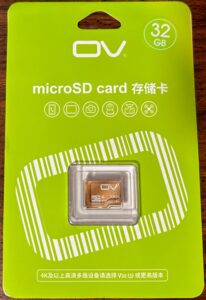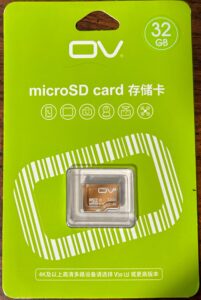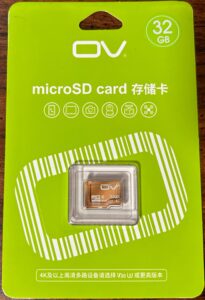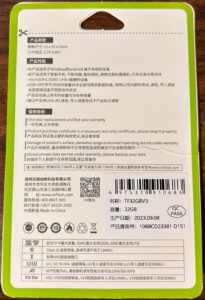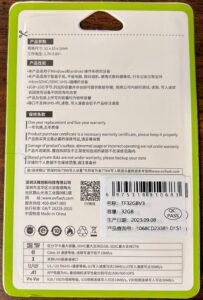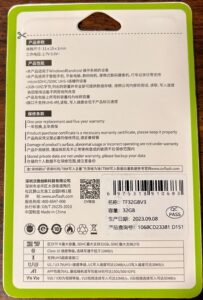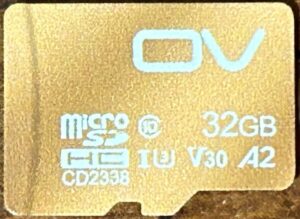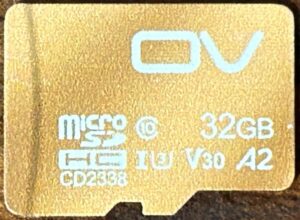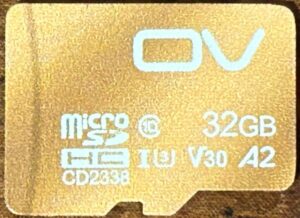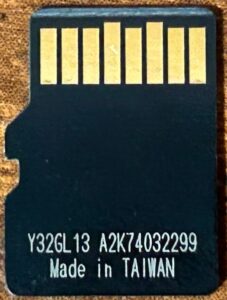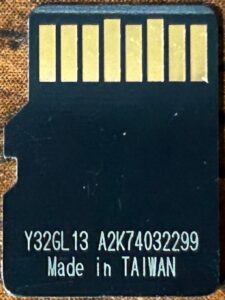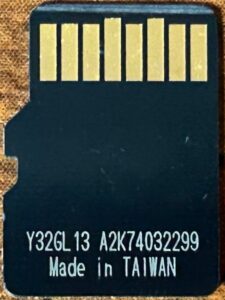- Obtained from: AliExpress
- Price paid: $5.48
- Advertised capacity: 32GB
- Logical capacity: 31,719,424,000 bytes
- Physical capacity: 31,719,424,000 bytes
- Fake/skimpy flash: Skimpy (0.88% skimp)
- Protected area: 83,886,080 bytes
- Adjusted skimp: 0.61%
- Speed class markings: Class 10, U1*, U3, V10*, V30, A1*, A2**
- CID data:
- Manufacturer ID:
0xad - OEM ID:
0x4c53(ASCII:LS) - Product name:
0x5553443030(ASCII:USD00) - Product revision:
0x10
- Manufacturer ID:
* The U1, V10, and A1 marks only appear on the packaging — they do not appear on the card.
** The A2 mark only appears on the card — it does not appear on the packaging.
Discussion
This is another one I found on AliExpress after doing some more digging. I appreciated that they put at least a little bit of work in designing the artwork for both the packaging and the card, although the two designs seem to be completely different — almost as if two different people were working on the designs, and they weren’t coordinating with each other. It appears that this particular manufacturer has their own line of memory products — including not only microSD cards, but also USB flash drives, SSDs (both internal and external), and RAM.
The package and card bear a strange combination of conflicting speed class marks, which would support my “the card and the packaging were designed by two different people” theory. Despite the disagreement, none of the three samples performed well enough to meet the threshold for the U3, V30, A1, and A2 marks. Perhaps they would have performed well enough to qualify for the U3 and V30 marks had they been tested under the right conditions; but given how poorly they performed on the random I/O tests, I doubt that it would have performed well enough for either the A1 or A2 marks even under the right conditions.
On the endurance front, it’s looking like a mixed bag. As of this writing:
- Sample #1’s first error was an I/O error during round 405. It has completed 15,797 read/write cycles so far.
- Sample #2 managed to get past the 2,000 read/write cycle mark without issues; its first error was an address decoding error during round 2,203. It has completed 13,371 read/write cycles total so far.
- Sample #3’s first error was a four-sector wide address decoding error during round 2,538. It has survived 10,866 read/write cycles so far.
November 4, 2024 (current number of read/write cycles is updated automatically every hour)


